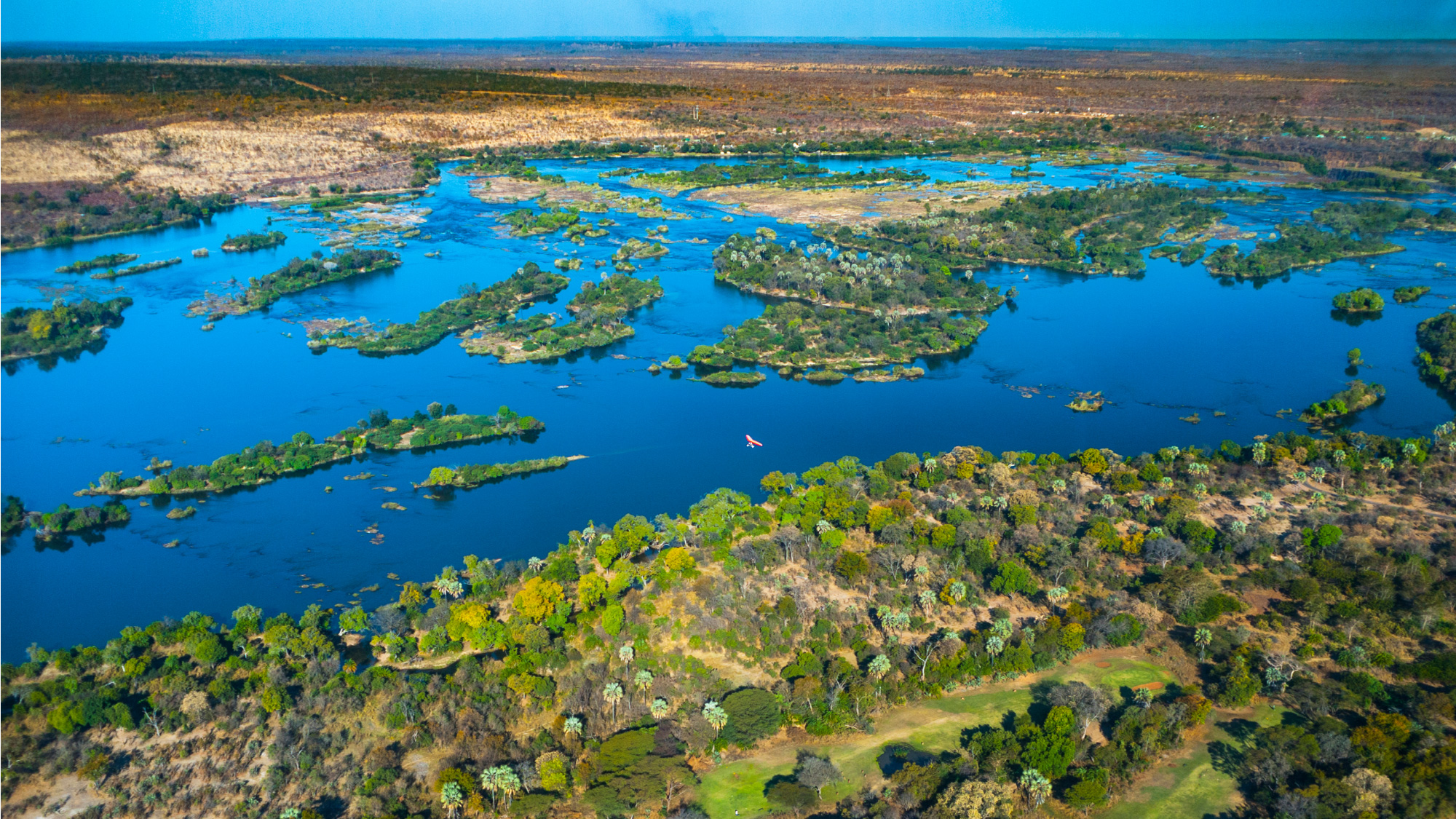
On Earth Day, we celebrate the people and programmes that champion climate action through our work. This year’s theme was ‘Invest in our Planet’.
For Charles Reeve, multi-sector infrastructure development specialist at Tetra Tech and leader of the Climate Resilient Infrastructure Development Facility (CRIDF) – a programme funded by the UK’s Foreign, Commonwealth and Development Office – the day was also an opportunity to reflect on the urgency of unlocking climate finance to deliver sustainable solutions that help partner countries build climate resilience and mitigate against the impacts of climate change.
You are a climate expert with over four decades worth of climate experience – is the global community getting it right?
On the whole, I think we are getting a lot of things right already. It’s vital we integrate climate and finance into everything we do. In recent years, there has been an ever-increasing focus on supporting stakeholders and facilitating better and more access to finance, so they can do the same and increase their efforts.
So yes, we are on the right track – we just need to keep on doing more.
As the leader of the CRIDF programme, what does the Earth Day theme ‘Invest in our Planet’ mean to you?
Over the last 10 years, our CRIDF team has been working to transform the way water infrastructure is used to build climate resilience for people and communities in Southern Africa. Facilitating finance was a critical part of the programme’s success. Our approach involved an ‘infrastructure development facility’ model which brought together financial resources for projects in the region, and advised partners of the best way to select, manage and implement their projects.
In the Zambezi basin, for example – an area which is shared by eight countries in Southern Africa – we supported the development of the Programme for Integrated Development and Adaptation to Climate Change in the Zambezi Watercourse (PIDACC Zambezi). Having recently secured funding from the African Development Bank and the World Bank, this programme will strengthen people’s resilience in the basin to climate change impacts and increase ecosystems integrity by reducing land degradation.
CRIDF is coming to a close in this year – and so Earth Day for me is about looking back and thinking about the legacy it will leave behind. We have started sharing lessons and experiences, which I hope will enable others to build on our achievements.
Looking ahead, what does the rest of 2023 hold for the international community?
We have a couple of important dates coming up in our calendars – the annual World Water Week in Stockholm, for example, where our Tetra Tech team regularly presents on our work. And then, of course, there is COP28 in the United Arab Emirates.
At the same time, we cannot ignore that we are unlikely now to keep global warming under 1.5 degrees. Millions of people’s health, security and livelihoods are at risk, and investing in locally-led adaption and nature-based solutions is critical at this stage to protect communities against the impacts of climate change.
Our role at COP28 should also involve giving vulnerable partner countries a more meaningful role in the negotiations. Right now, the big geopolitical players are dominating the negotiations. But the consequences of their decisions are felt most by vulnerable countries, such as smaller island states. If we want just energy transitions and resilience-building to be effective, we need those countries to be able to lead adaptation locally – and for that, they need better access to finance.
Is there reason to hope?
I arrived at last year’s COP27 asking myself almost the same question. But the more I talked to people and listened to their experiences, the more I realised that giving up hope just isn’t an option.
One woman representing people in the Amazon told of the fight for her people’s lives and livelihoods, despite her colleagues being murdered. Another woman I met is doing long-distance running along rivers, and she spoke passionately about river communities and how their lives are changing due to climate change.
What gives me hope is that young people feel the same way as many of us do. For good reason: we know for a fact that if even things were to change today, we would still see the consequences of climate change over the next 50 to 100 years.
In that sense, it is encouraging that so many people are being so hands-on about clear solutions and how to bring them to life. Whether international development professionals or not – we can all do something. So why wouldn’t we?